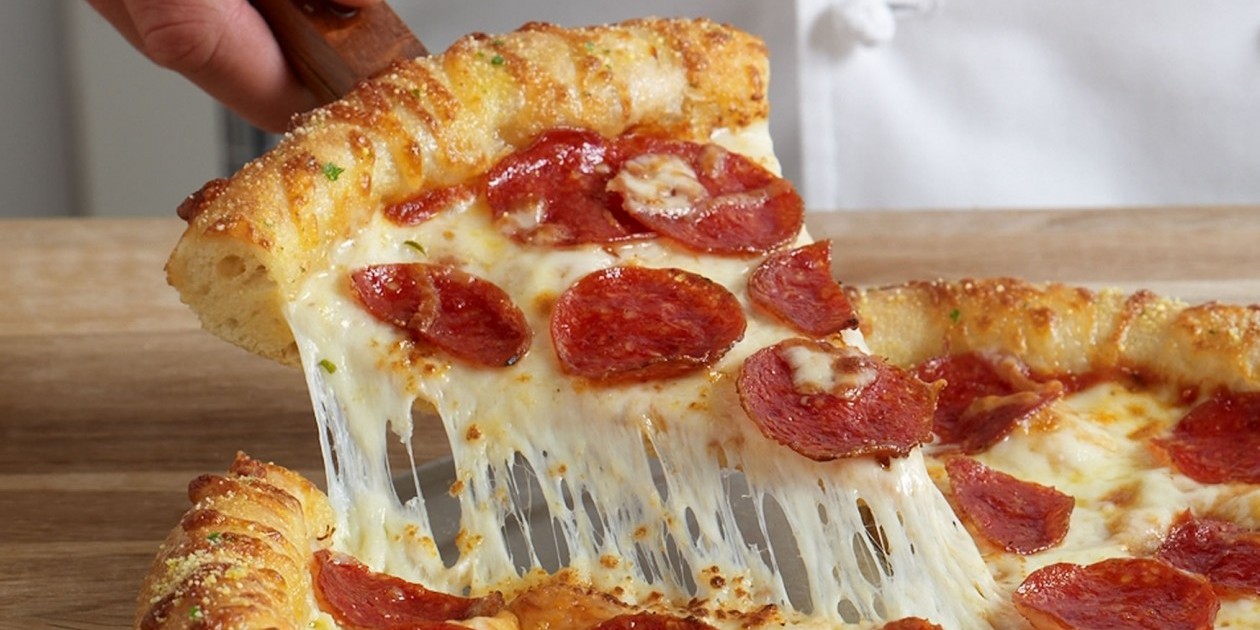Technology is proving to be an existential threat to independent pizzerias. In a recent LinkedIn post, restaurant consultant Aaron Allen points out how U.S. chains including Domino’s and Papa John’s have used online and app-based ordering to dramatically increase their market share at the expense of smaller mom-and-pop shops.
“Independent pizzerias in America have lost 21% market share [since 2008] in terms of sales and 19% market share in terms of units to chains. Put more plainly, that’s about 7,800 restaurants that have closed-up shop,” he writes.
Domino’s in particular has seen incredible success with its apps. The company’s shares have risen from $3.86 (U.S.) to $132 while market capitalization went from less than $300 million to $7.42 billion over the same time frame. Chief executive J. Patrick Doyle squarely credits the company’s adoption of technology as the chief driver of that performance.
It’s a bit hyperbolic, but not much. Domino’s is, after all, the same company that created a Siri-like virtual assistant to help customers buy pizza, and as of last year, began accepting text messages with pizza emojis as another ordering method. If there’s any food company that has placed technology at the heart of its customer experience, Domino’s is surely it.
The company is now planning to test wheeled delivery robots in New Zealand. The details of the test are unknown and the video on the company’s Facebook page makes the effort look like more of a PR stunt, but anything’s possible given Domino’s willingness to experiment with technology.
Smaller pizzerias obviously don’t have the same deep pockets to devote to developing their own customer ordering and delivery technologies, but they do also have a proliferation of third-party options to choose from including UberEats and its various competitors (here in Toronto, Skip the Dishes and Foodora are just two of them).
The writing is on the wall for indies, Allen writes. An estimated 95% of small pizza shops in the U.S. don’t even have a mobile-optimized website, while internet orders are growing at an explosive pace:
It looks like indie pizza shops no longer have a choice. Investing in technology and reorienting their businesses around digital orders and delivery is very quickly becoming as important as making the pizza itself.












